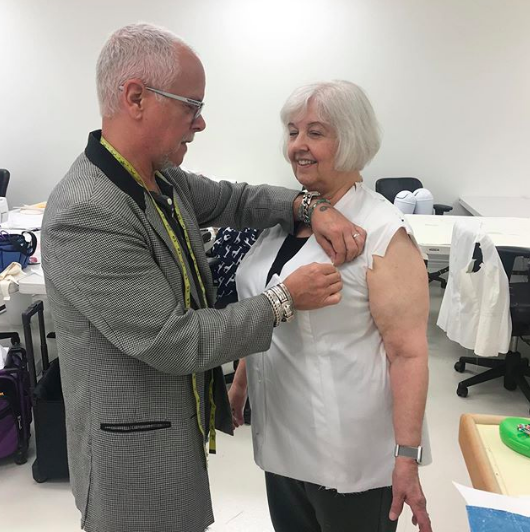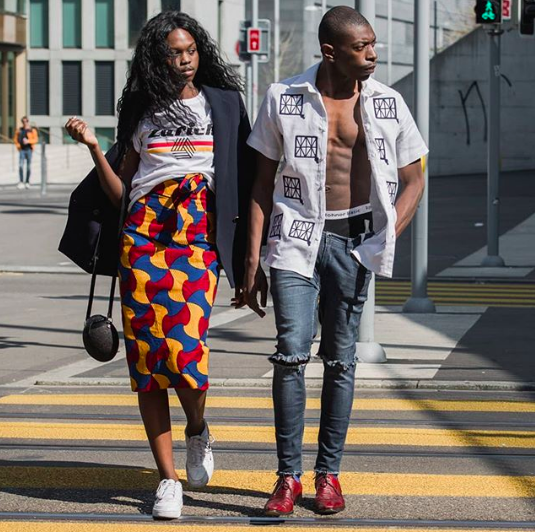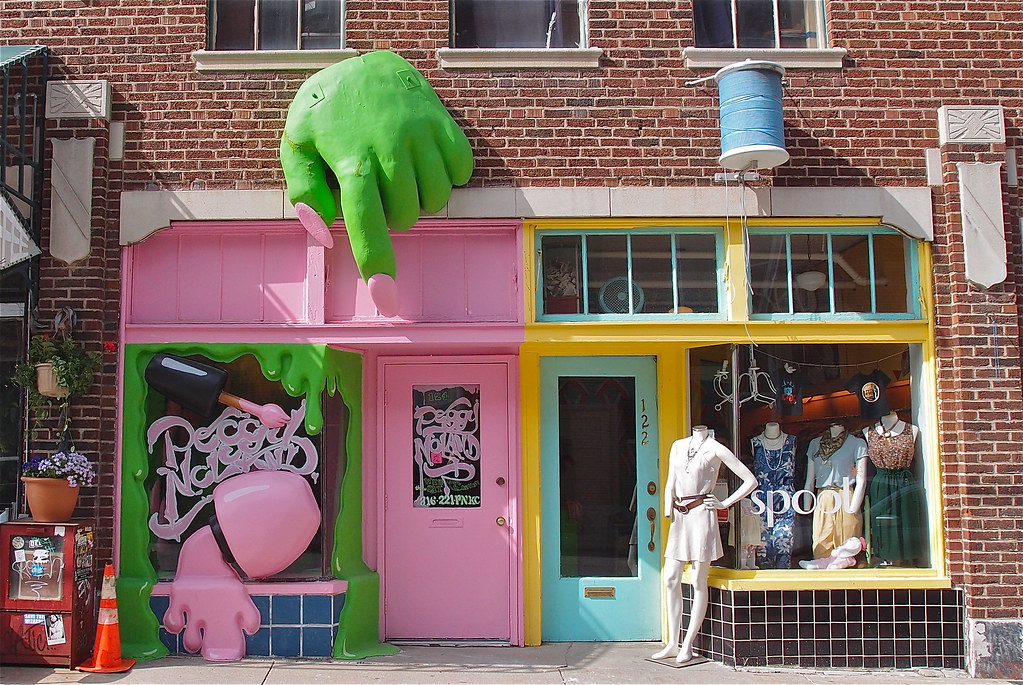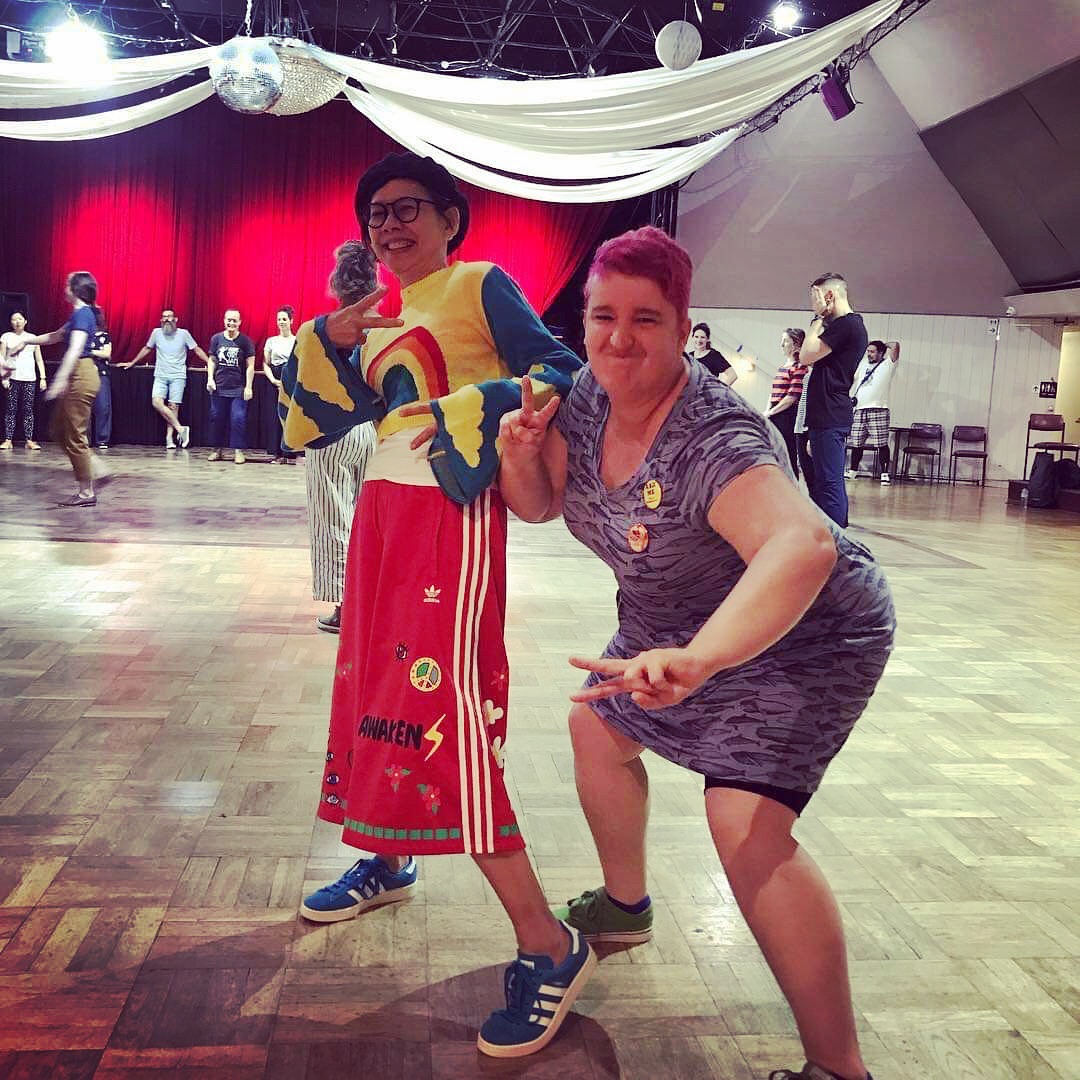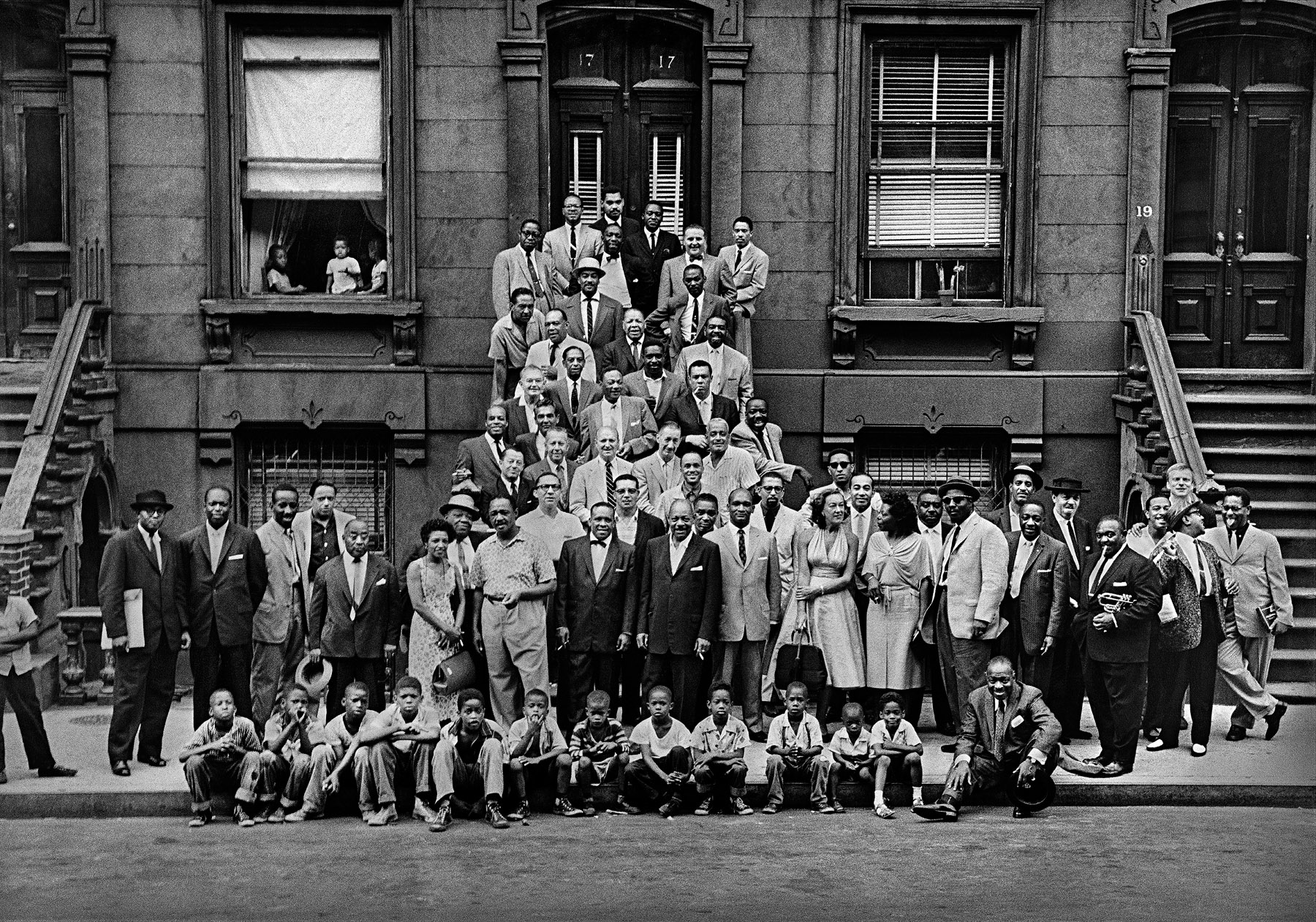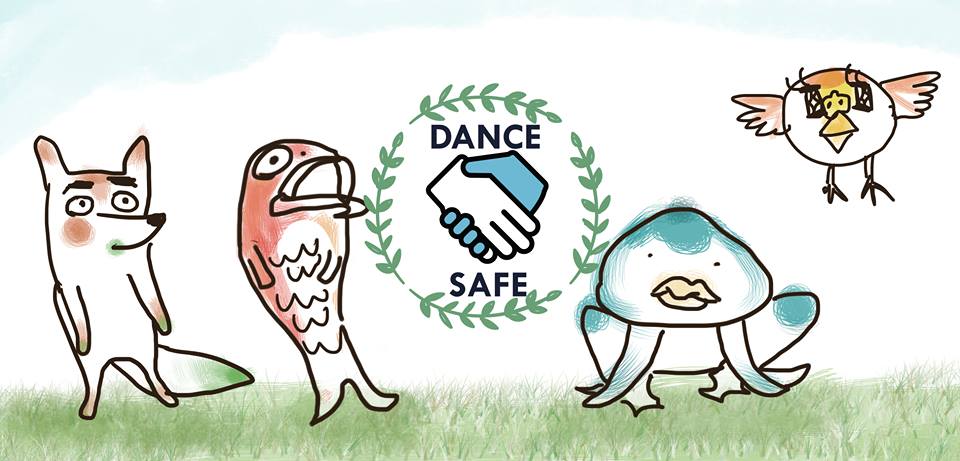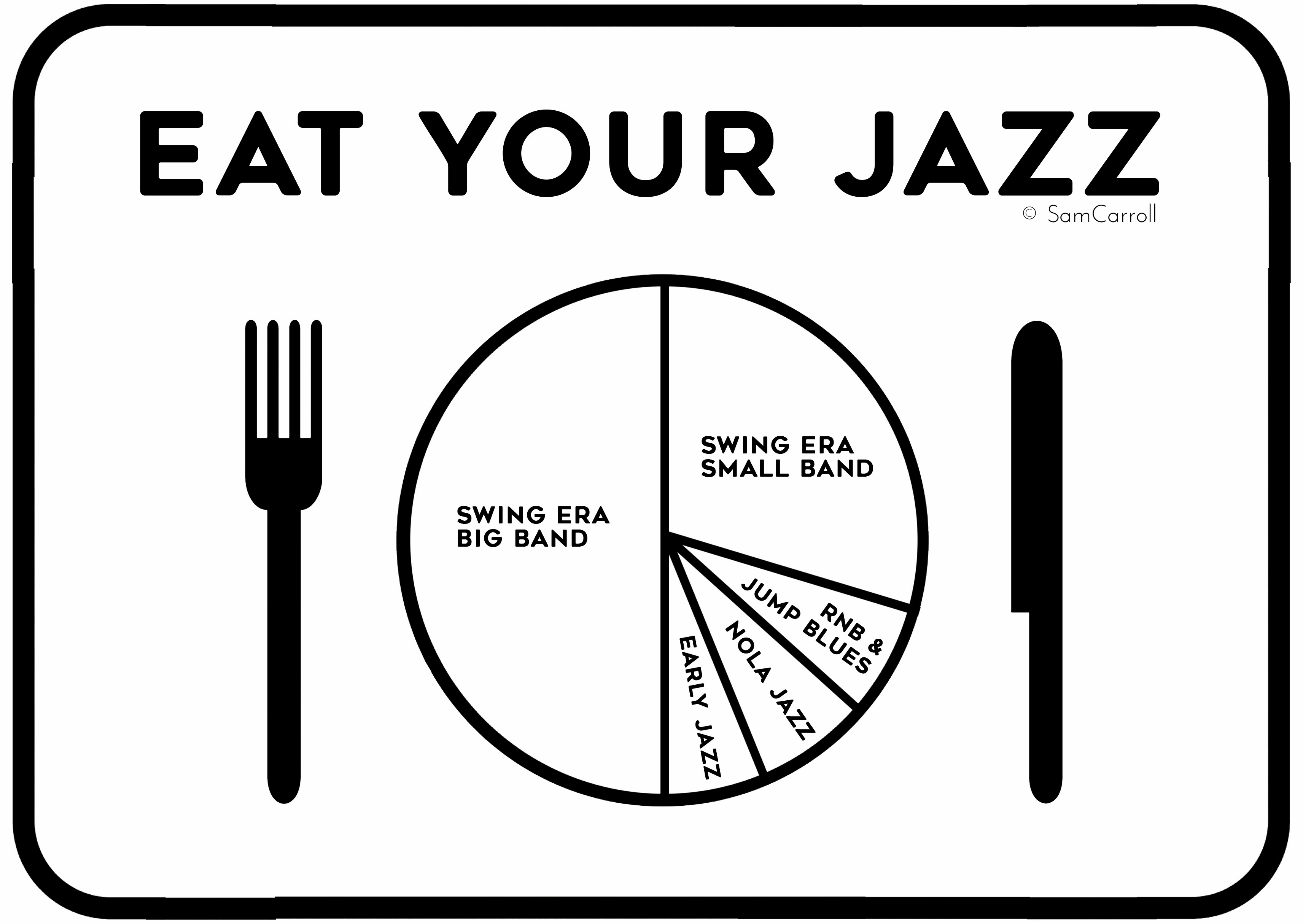Sydney now has a very strong culture of ‘anyone can lead or follow if they like, and it’s ok if you just want to do one and it happens to align with your gender ID’.
There are a number of reasons for this – a queer swing dance school who also run a big event; women leads on the floor; women teachers who teach as leads; people being publicly intolerant of anti-social behaviour; a growing ‘be good to each other’ discourse in event promotion, etc.
And where I write ‘women’, please include transwomen. I’ve noticed it’s easier for normcore folk to include transmen in their ideas of ‘men’, than it is to include transwomen in their category ‘women’.
It’s also been super important to see how welcoming and supportive our scene has been of people who’ve transitioned while being in the scene. ie they first presented as one gender, then transitioned to another. On the whole, teachers and dancers have been openly supportive, and more importantly, no-big-deal about changing pronouns, etc. It may have been harder for them one-on-one (all new things are tricky), but on the whole, it’s been ok. Not perfect, but ok. More work to do there.
Note: if a scene is ok with women leads and men follows, it is more welcoming to transpeople and queerpeople. Because a scene that has flexible ideas about gender and dance is a more welcoming, safer place.
If my leading has ever helped pave the way for a shy dyke lead or transwoman follow, then I feel very proud. It was worth it.
etc etc
One of the most interesting things I’ve noticed, is that this general trend has been working in concert with peer-motivated anti-sexual-harassment actions. ie women are more likely to say no when a creeper asks them to dance, and they will also step in and check in on other women if they see creepers maccing on them.
There’s also been a scene-wide ‘fuck that; we do not tolerate harassment or assault’ public discussion from teachers (even if the organisational policies haven’t been in place).
And _this_ trend has seen us get a more ethnically diverse cohort of dancers. In part because one of the main creepers was targeting asian women. Boy, did he get his arse handed to him. And because women of colour just get fucked off by carrying the double burden of racism and sexism.
I noticed that once he and his gross mates were absent from events, we saw an increase in men following. It seems that this racist creeper was also intimidating other men _implicitly_. And that the men who liked to follow also liked women who lead (or the women who’d had a gutful of that creeper).
So when we addressed all these issues – sexuality, ethnicity, gender, etc – at the same time, we saw a general improvement in the vibe of parties and classes. People felt more comfortable being themselves.
And then it snowballed, and we saw exponential improvements.
So if your goal is ‘more women leads’, you need to address a range of issues. You’ll get a bunch of lovely good results as a consequence.
But speaking as a woman lead, things that were important for me:
– Teachers who openly said ‘women are leads as well as men’. The importance of this cannot be overstated. I remember the handful of times I’ve heard teachers say it in the last 20 years. But don’t be afraid to be pro-active on this. Not just saying ‘anyone can lead’, but “Women can lead.”
– Teachers saying to me “Don’t ever stop leading.” A woman teacher said this to me quietly one night after class, and it was the most important thing anyone has ever said to me about dancing.
– Seeing women teachers lead socially.
– Seeing other women ask women teachers to lead them socially.
– Having women teachers ask me to dance (and lead)
Things I wish people had done:
– Stepping on students in class who say ‘you’re being the man/boy?!’ with surprise.
I’ve never heard a teacher say this, but it would be solid gold if they said “hey, follows, don’t say this to your partners. It makes them sad.”
I’ve only ever been at two weekend events where no one has said this to me. In 22 years of lindy hop classes and workshops. Each time someone expresses surprise and expects me to justify leading, it wears me down just a little bit. So a) fuck you women follows, and b) teachers, get your students’ backs.
– Never used gendered pronouns in class, or used gendered language and concepts to describe leading.
Things that shat me to tears:
– Male teachers who try to make me try a move as a follow in class, when I’m leading. Sure, it might help my learning, but would you ask a male lead to do this, even if you knew they followed? And also, whatever your norm is, do this thing: treat women leads like they are leaders, not follows who sometimes lead.
– Teachers who kept ‘forgetting’ to use gender neutral language.
– Teachers who use sexy jokes in class, because most of those jokes were heterocentric and/or relied on the idea of a lead being a straight man.


